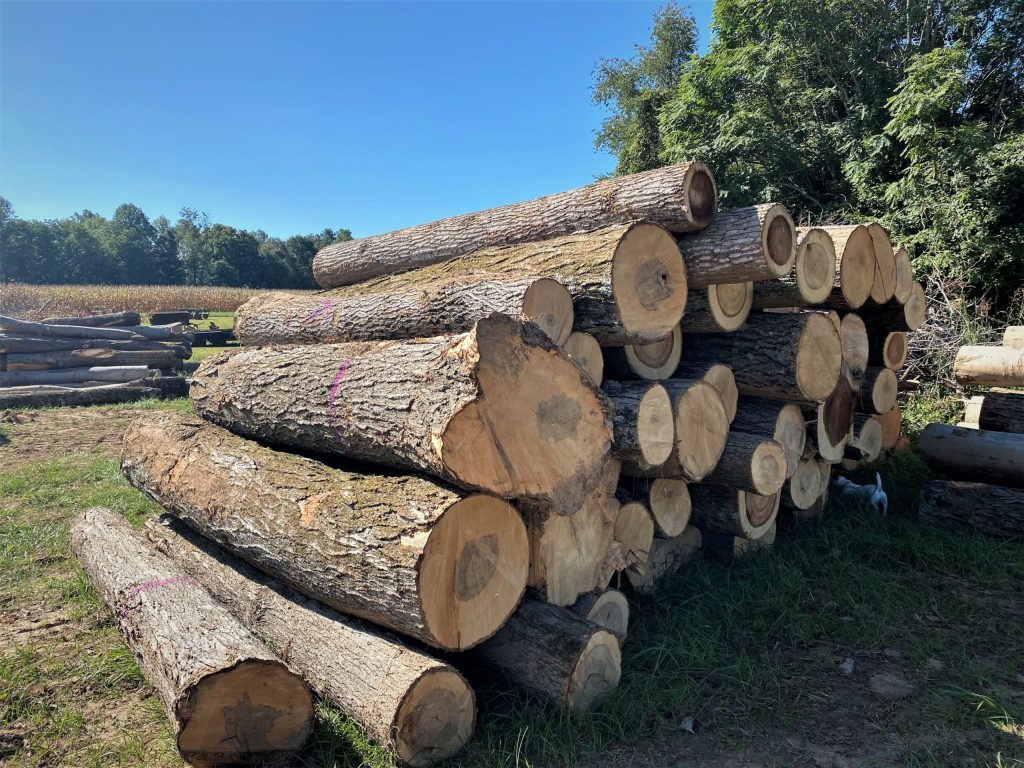Hey there rural living enthusiasts!
In today’s post, we are going to dive into the fascinating world of timber or wildcrafting. Whether you’re a homesteader looking to source your own wood for construction projects or someone interested in sustainable practices, this article will provide some valuable insights.
Timber or wildcrafting is the practice of harvesting materials, such as logs and branches, from forests and woodlands without causing harm to the environment. It involves carefully selecting trees and plants that are mature enough for harvest while leaving younger ones untouched to ensure regeneration.
One important aspect of timber or wildcrafting is understanding which species are suitable for use. Different types of wood have varying properties, making them ideal for specific purposes. For example, hardwoods like oak and maple are often used in furniture-making due to their strength and durability. Softwoods like pine and cedar, on the other hand, are commonly used for building structures because they are lightweight yet sturdy.
When engaging in timber or wildcrafting activities, it’s crucial to obtain proper permits if required by local laws or regulations. These permits help ensure responsible harvesting practices that protect wildlife habitats and maintain ecosystem balance.
Additionally, before starting any cutting or collecting activities, it’s important to assess the health of trees and plants. Diseased or damaged specimens should be avoided as they may not provide high-quality material.
Once you’ve identified suitable candidates for harvest, it’s time to get your tools ready! Depending on what you’re collecting – whether it be logs for firewood or branches for crafts – you’ll need appropriate equipment such as chainsaws, handsaws, pruners, or loppers.
After gathering your harvested materials back at your homestead, make sure they properly dry out before use by storing them in a cool dry place with good ventilation. This process can take anywhere from several months to several years depending on the type of wood collected.
Remember that timber or wildcrafting is a sustainable practice when done responsibly. By practicing selective harvesting, obtaining permits, and promoting reforestation efforts, we can ensure the preservation of our forests for future generations.
So go ahead, embrace the beauty and utility of timber or wildcrafting while being mindful stewards of our natural resources. Happy harvesting!


Leave a comment